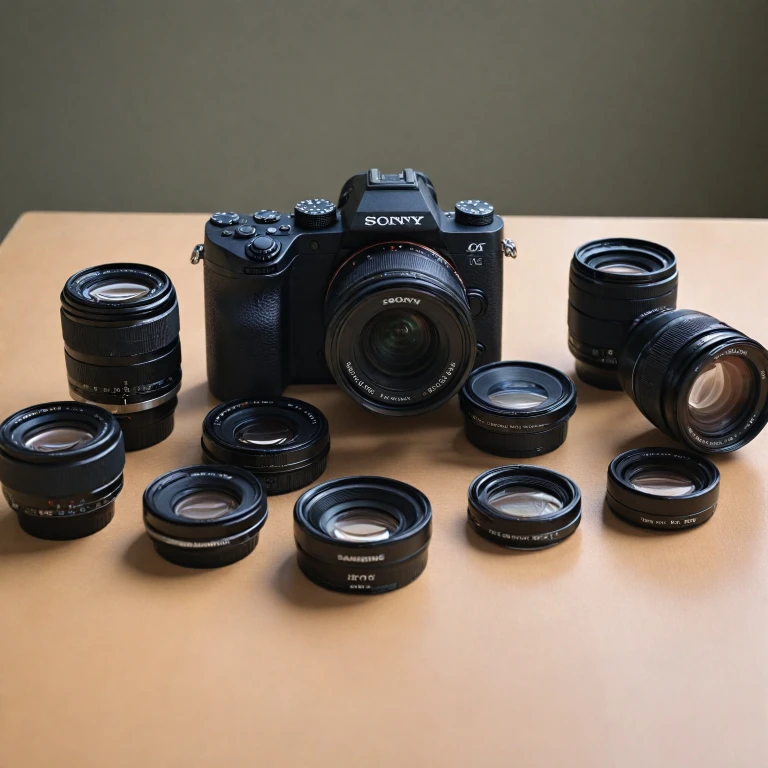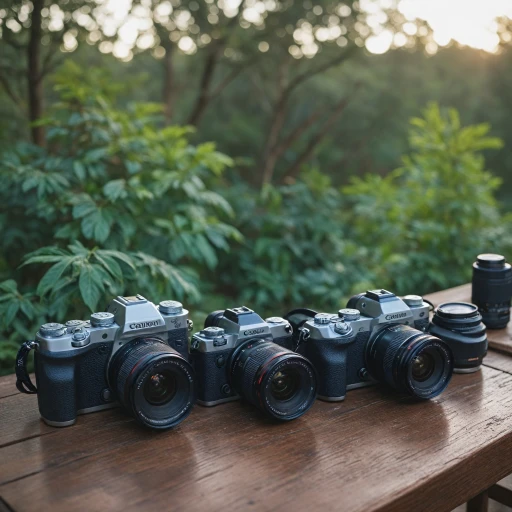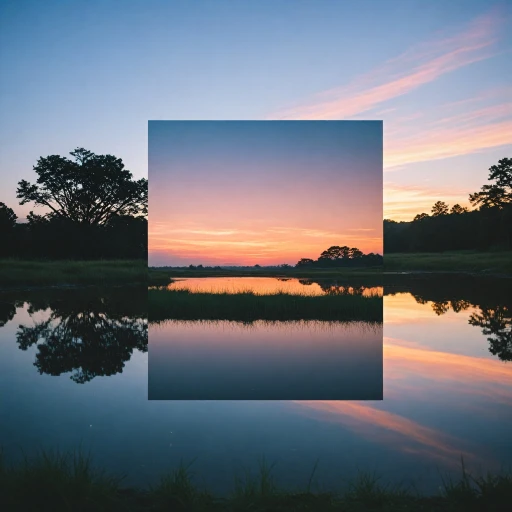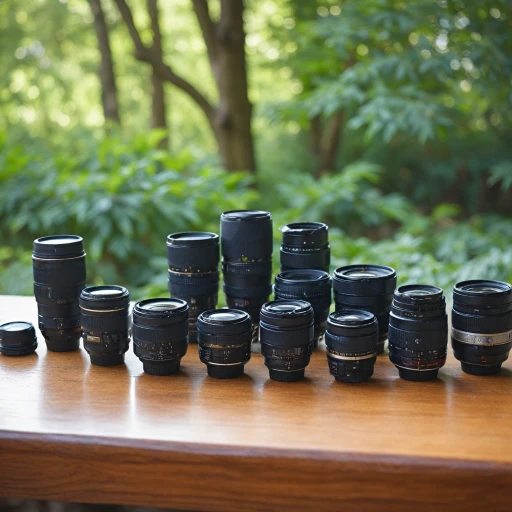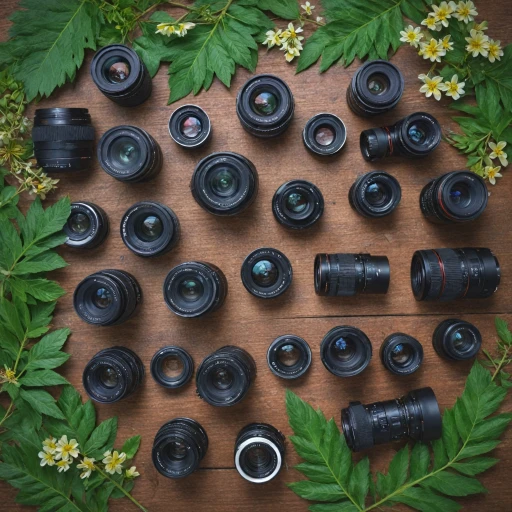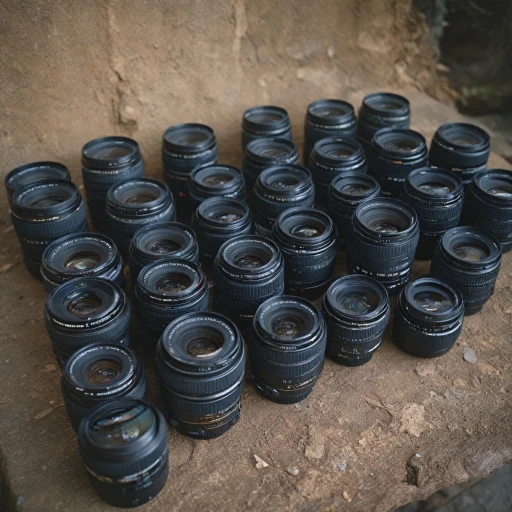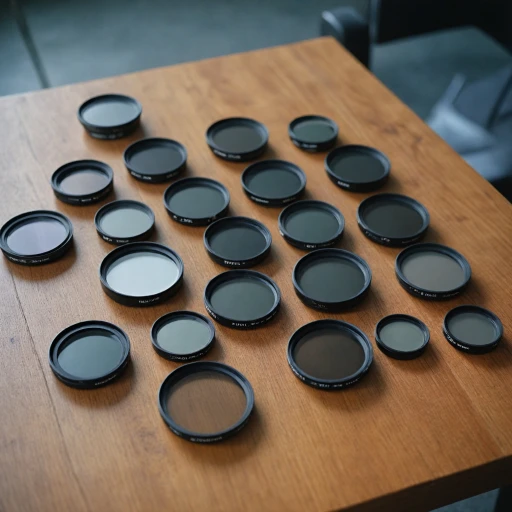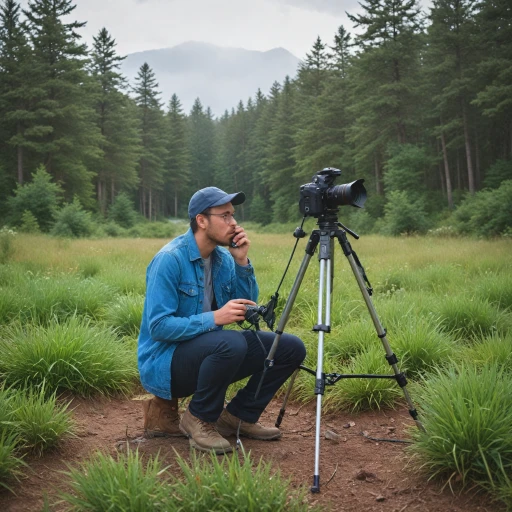
Understanding the Sony a6700's capabilities
Maximizing Your Sony a6700's Potential
The Sony a6700 has proven to be a remarkable addition to the APS-C lineup, delivering impressive image quality and performance. This camera stands out in both photo and video capabilities, thanks to its advanced sensor technology and sophisticated autofocus system. Whether you're diving into low light photography or capturing expansive landscapes, the a6700 does not disappoint. For enthusiasts of underwater photography, pairing your Sony camera with the right lens and housing from brands like Nauticam can unveil new depths of creativity. Meanwhile, video creators will appreciate the camera's ability to record high-quality footage, complemented by Sony's OSS (Optical SteadyShot) for stabilized movement. When choosing a lens for the a6700, consider your photography preferences. If you're captivated by intricate details, perhaps a macro lens to capture mesmerizing close-up shots is your answer. However, if wide-angle photography or exploring underwater video is more your style, investing in a specialized angle lens could be the key to enhancing your images. Zoom or prime, the lens you choose can dramatically influence your photography journey. Understanding the strengths of the a6700 will guide you in selecting between these options, ensuring you make the best choice for your creative endeavors. For further insights into selecting lenses tailored to different shooting styles, you might find inspiration from this exploration of top-tier Nikon lens options, allowing you to draw parallels to your Sony experience.Prime vs. zoom lenses: Which is better for the a6700?
Weighing Up Prime and Zoom: A Sony A6700 Lens Dilemma
For a skilled Sony a6700 user navigating the intricate choices between prime and zoom lenses, the decision hinges on a few key photography principles. Prime lenses, with their fixed focal length, offer compelling sharpness and image quality that might entice photographers eager for superb control over their shots. Whether capturing a scenic landscape or an awe-inspiring underwater scene, the precision of a prime lens can give your images the ultimate clarity and color. On the other hand, zoom lenses boast flexibility and convenience—critical attributes for photographers on the go. With the capability to swiftly switch between focal lengths, these lenses are essential for travel and wide angle photography, allowing users to quickly adapt to a bustling urban scene or vast, sweeping natural vistas. With the Sony a6700's aps sensor, both prime and zoom lenses have their merits. If versatility tops your priorities, a high-quality zoom might best serve your creative pursuits. Meanwhile, if impeccable image quality is paramount (often found in more controlled environments like studio or macro photography), a prime lens will likely satisfy those discerning requirements. Ultimately, it's about aligning your lens decision with your photography goals, whether chasing after a breathtaking wide angle shot or honing the fine details in low light conditions. For further exploration, you can delve into a broad spectrum of options and expert advice here, offering valuable insights into the best choice for your Sony camera set-up.Top lens recommendations for portrait photography
Ideal Choices for Capturing Portraits
When focusing on portrait photography with your Sony a6700, selecting the right lens can significantly impact the image quality and overall result of your shots. Portraits often demand a lens that achieves a delicate balance between sharpness and exquisite background blur, or bokeh. This section explores popular choices among photographers for this kind of work.
Prime Lenses for Excellent Clarity
Prime lenses are a preferred choice for portrait enthusiasts due to their impressive sharpness and superior image quality. Typically, a prime lens with a focal length around 50mm or 85mm on an APS-C sensor, such as the Sony a6700, offers a natural perspective and pleasing compression, making it ideal for portraits. Options like the Sony 50mm f/1.8 OSS provide a nice wide aperture, ideal for low light conditions and achieving a creamy bokeh effect.
Zoom Lenses Offer Flexibility
On the other hand, zoom lenses provide flexibility that primes can’t match, allowing photographers to adjust the framing without having to change their position. The Sony 18-105mm f/4 OSS G lens, for example, combines versatility with consistent aperture performance, making it a great option for portraits in varying environments. While they might not offer the wide apertures of primes, the zoom lens still holds its ground in terms of performance.
To get a better grasp of whether a prime or zoom lens suits your needs, you might want to explore how they compare for different types of lenses.
Special Lenses for Unique Styles
For those interested in adding a creative twist to their portraits, considering unique lens types could be worthwhile. Wide angle lenses can offer dramatic perspectives, although they might not be traditional for portraits. If underwater portraits pique your interest, investing in a dedicated underwater housing and lenses that can withstand such conditions, like those offered by Nauticam, could open a myriad of creative possibilities. Specialized Sony lenses, engineered for underwater photography, assure excellent underwater image quality.
It’s crucial to select a lens that aligns not only with your artistic vision but also with the technical capabilities of your a6700. Whether you lean towards the stunning clarity of prime lenses or the adaptability of zoom options, the right choice enhances your ability to capture compelling, high-quality portraits with this remarkable camera.
Planning the right composition and capabilities for storage is essential, too. You can learn more about managing file storage with an appropriate SD card on your Sony camera by understanding the capacity of a 32GB SD card for photos.
Best lenses for landscape and travel photography
Elevating Your Landscape and Travel Shots with the Right Lenses
For those venturing into landscape and travel photography with the Sony a6700, selecting a suitable lens can significantly impact the quality and aesthetics of your images. Besides considering the captivating advantages of the Sony a6700, pairing it with the right lens can take your photography to new creative heights.- Wide Angle Lenses: These lenses are essential for capturing expansive scenes. A lens offering a wide focal length, such as a 16-35mm, is excellent for landscape photography. With a wide angle, you are better able to incorporate more scenery into your frame, delivering vibrant and comprehensive images.
- All-in-One Zoom Lenses: For those who prioritize convenience while traveling, opting for a versatile zoom lens can be beneficial. These lenses allow you to quickly adapt to different shooting scenarios without needing to change lenses often. Models like the Sony 18-200mm offer a broad zoom range, covering wide-angle to telephoto needs without sacrificing too much on image quality.
- Low Light Capabilities: Photography during golden hours or twilight demands lenses capable of performing well in low light. Lenses with wide aperture capabilities, such as f/2.8 or better, ensure you capture clear, sharp images when natural light is scarce.
- APS vs. Full Frame: If you're considering upgrading to or using a full frame lens on the Sony a6700, note that while it can improve image quality, it might not utilize the full sensor capabilities. However, the APS-C sensor of the a6700 already provides exceptional quality for landscapes.
Macro lenses for detailed close-up shots
Capturing Intricate Details with Macro Lenses
When it comes to capturing the intricate details of the world around us, macro photography stands out as one of the most fascinating realms. For your Sony a6700, finding the perfect macro lens means achieving sharp, detailed close-ups, whether you're exploring nature or perfecting product shots.
Macro lenses are specifically designed to focus at close distances while maintaining impressive image quality. Here are some considerations and recommendations to guide your choice.
- Sony's Precision: Sony's macro lenses excel in delivering outstanding image quality, highlighted by the sharpness and vibrant colors that they bring to every shot. Look for lenses optimized for APS-C sensors, ensuring your a6700 performs at its best.
- Wide Angle vs. Traditional Macro: While macro lenses are designed for close-up shots, consider the focal length you need. Wider angles give you more context, while a longer focal length will provide the isolation you might desire for subjects like insects.
- Top Recommendations:
- Sigma 70mm F2.8 DG Macro: Ideal for those wanting a versatile option, this lens offers excellent optical performance and a reasonable focal length for most macro needs.
- Sony 90mm F2.8 Macro G OSS: Known for its exceptional sharpness and rich bokeh, this lens is a top-notch choice for serious enthusiasts.
- Underwater Photography: Macro photography underwater offers its own unique challenges. Make sure to pair your lens with proper underwater housing, such as options from Nauticam, to protect your equipment.
When shooting underwater, focus on lighting to enhance the vividness and clarity of your photos. A specialized light setup can make a world of difference in underwater environments.
Investing in a quality macro lens for your Sony a6700 can transform the way you view the world, bringing tiny wonders to life with breathtaking detail.
Budget-friendly lens options for the a6700
Affordable Lens Choices for Sony a6700
For photographers on a budget, finding cost-effective yet high-quality lenses that complement the Sony a6700 can be a challenge. However, there are numerous options that offer excellent image quality without breaking the bank. Here’s how you can equip your Sony a6700 with budget-friendly lenses perfect for various types of photography.
When considering a lens purchase, it’s crucial to balance features and price. Keep in mind the a6700’s impressive APS-C sensor, which is adept at capturing detailed photos and videos. The right lens can enhance this capability, whether you're aiming for stunning portraits or breathtaking landscapes.
- For wide-angle photography, affordable zoom lenses can capture vast landscapes and architecture ads while maintaining quality. Despite the push and pull between prime and zoom lenses, you can opt for versatile zoom options that suit your budget.
- If close-up or macro photography intrigues you, budget macro lenses are worth exploring. These allow detailed photography without the high costs associated with high-end options, maintaining excellent macro functionality.
- Sigma lenses are also a fantastic option; they are renowned for offering superb image quality at competitive pricing compared to some of Sony's own options.
Lighting and shooting conditions can affect image quality, so pairing your lens choice with settings suited for low light and various shooting environments will optimize outcomes. Additionally, the right lens can significantly enhance underwater photography. Using a reliable underwater housing, you can transform your camera into a formidable tool for aquatic adventures without overspending.
The optimal lens choice boils down to the specific photography needs, whether it's a great zoom lens for travel or a dedicated macro lens for detailed shots.
